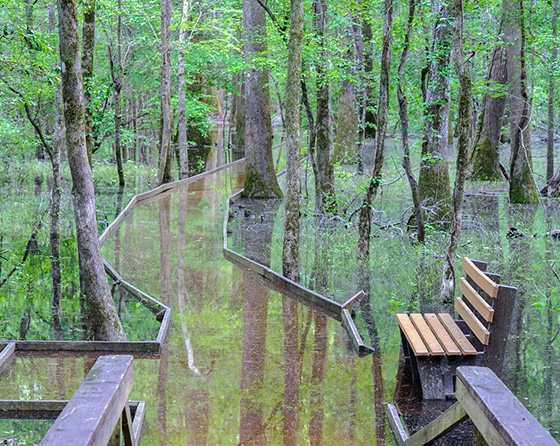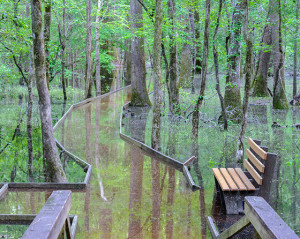Shooting outside the box
The less-photographed parks, books for the holidays, et al.
I just returned from a few days planning a workshop and photographing the southeast section of Death Valley National Park. I had a great time working in such a harsh but beautiful place, and aside from a few rather cold nights of camping, I still kinda miss being there!
Want to visit Death Valley for free? Or any other park? If planning a photography trip to a national park next year, you might be interested in the fee-free days, which the National Park Service just announced last week. There are 16 of them in 2016, including a stretch of nine for National Park Week and four to celebrate the NPS’s 100th birthday. You can find more info here: “Free Entrance Days in the National Parks.”
Signed books for the holidays
Lastly, with the holidays here, you might be interested in giving a photographer the gift of national-park secrets. If you’d like to order a signed copy of Photographing National Parks, please do so by Thursday, December 17, to give me time to get it in the mail before leaving town for Christmas. I’m happy to inscribe anything you’d like—just mention it in the payment notes, and I’ll write it in the book!
Onward…
This Week’s Question
Q. I feel like everyone shoots the same parks: Yellowstone, Yosemite, Acadia, etc., and I want to think outside the box. Which parks should I consider? — Garry B., Utah
A.You could go far, you could go new, or you could go obscure.
The parks that take the most time to travel to are also usually the least visited, and subsequently the least photographed. Think National Park of American Samoa, or Alaska’s Gates of the Arctic. Both are beautiful but relatively unphotographed.
The second option is to think new. The newest parks generally have not yet developed a reputation as a major tourist stop nor as a major photography destination. In this category, think Pinnacles in California, which was named a national park only in 2013, or Great Sand Dunes in Colorado, named in 2004.
Along the same lines, you could get a jump on lands that might be named the next national park, photographing one (or more) before most other photographers are even aware of them. Colorado National Monument, Craters of the Moon National Monument and Preserve in Idaho, and the proposed Katahdin Woods and Waters National Park (currently private but accessible land in northern Maine), are the ones that seem to have the best chance of being named the 60th, 61st and 62nd national parks (though not necessarily in that order) in coming years.
Finally, you could look for parks that despite having low visitation numbers, are still relatively accessible. (i.e., the aforementioned Gates of the Arctic is less visited precisely because of how much work is involved in getting there—and staying there.) Among the least-visited yet very accessible parks:
- North Cascades in Washington has relatively few visitors and little name recognition, but also has beautiful mountain scenery and is only a 2-hour drive from Seattle.
- Great Basin in Nevada has an incredibly varied landscape and is only 4 to 4.5 hours from Salt Lake City or Las Vegas.
- Congaree in South Carolina (pictured above) boasts a dynamic and sometimes primeval swamp-like environment, and is only half an hour from the capital city of Columbia.
All of them (plus more) are great photography destinations where you can easily spend a day without encountering even one other tripod.
[contentblock id=newsletterfooter]


